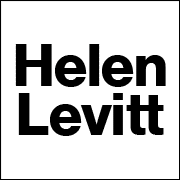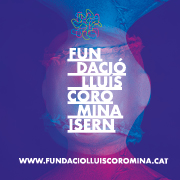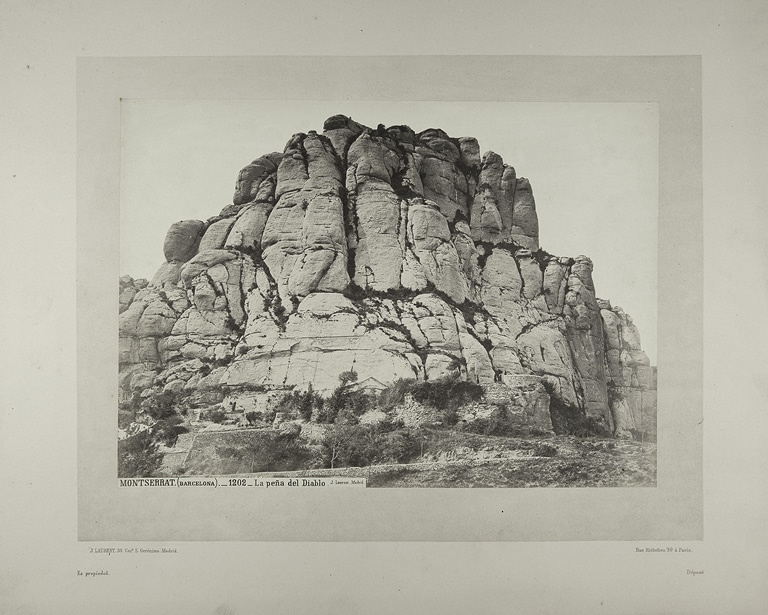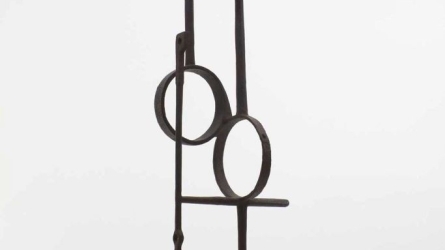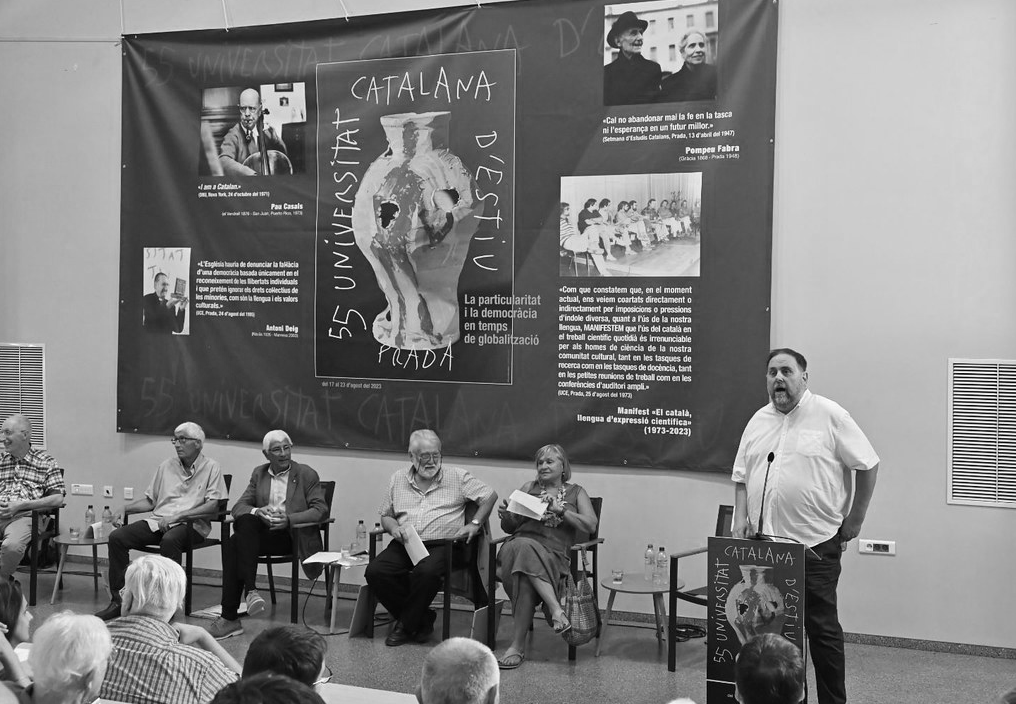Exhibitions
The artist Arvon Wellen dies at the age of 79
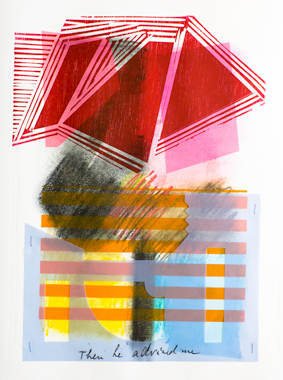
On August 13, the artist of British origin who has lived in Cadaqués for the past few years, Arvon Wellen, died at the age of seventy-nine. Wellen passed away peacefully surrounded by his family after a long battle with cancer. Born in 1944 in Dorset on the south coast of England, Arvon studied at Bournemouth & Poole College of Art, Leicester Polytechnic, London University and the Royal College of Art. Arvon taught at the Chelsea School of Art in London from 1978 to 1984, and at Maidstone College of Art from 1980 to 1984. In 1984 he was appointed Senior Lecturer at Anglia Ruskin University, Cambridge, where he was Field Leader and Head of engraving, specializing in both engravings and artist books.
After leaving formal education in 2000, Arvon worked as a freelance artist, printmaker, bookseller, painter and photographer. His interest in storytelling and theater also led him to filmmaking, working with companies such as ADEC in Cambridgeshire, Youth Dance England and Lantern Dance Theater Company in Ely. In 2014, accompanied by his wife Jude, Arvon moved full-time to Cadaqués, Catalonia; They had spent many years visiting each other, having fallen in love with the picturesque coastal town during their first trip in 1997, when Arvon was chosen for a "Cadaqués Mini Print International Award". Arvon's move to Cadaqués was not motivated by a desire for sunshine, but more by a sense of community, joining established friends, artists and writers, both local and from around the world, who settled there. Arvon's formative years were marked by visits to the Pitt Rivers ethnological collection, where he was particularly influenced by African art.
He later developed a passion for manuscripts, Japanese prints and printed books at the British Library and the Victoria and Albert Museum. Visits to Italy and Spain broadened his interest in Italian medieval and Renaissance art and in Catalan Romanesque painting. These influences can often be seen throughout his work. During his education, Arvon was introduced to artist books through the instruction of Rigby Graham, an artist and teacher working at Leicester Polytechnic. Rigby's enthusiasm led Arvon to learn more about the printing process, leading him to work as a trainee printer and designer at a small printing company near the city of London.
Avon, sculptor and engraver
Wellen trained as a sculptor and engraver. Much of his work has a three-dimensional presence, ranging from his small wood and metal sculptures, to his paintings and prints with cut-out paper shapes. His early work was influenced by English sculptors such as Kenneth Armitage (1916–2002), Michael Ayrton (1921–1975), Lynn Chadwick (1914–2003) and, in particular, George Fullard (1923–1973); However, he was particularly influenced by the work of Antoni Tapies (1923–2012) where the boundaries between two and three dimensions were less narrow. Thematically, storytelling is an integral part of Arvon's layered prints. She was inspired by many strong female family members during her childhood, and this led to a great interest in the representation of women in art. She often studied the role of historical working women and this became a central theme of her projects throughout her working life.
He has always been inspired by the lives of people and the vitality of human relationships, observed through traces and marks made by a variety of artifacts and processes, including photography. He was particularly interested in the traces of human existence left by documents, but also in the qualities of mark-making techniques, calligraphy, letterforms and type. Arvon had a keen interest in science and technology and its relationship to history as well as contemporary society. He was aware of the way in which myth modifies attitudes and the way in which ideas, as well as artifacts, are discarded and can be partially hidden by more recent history, creating layers as well as a sequence of events.
These ideas are paralleled by his use of layers, which are shown through other layers, both in the form of transparent colors and in the form of actual layers of paper or acetate. A great respect for different mediums of art led Arvon to produce works in a variety of media and techniques, including recording; the artist's book and the video. Wellen was relentless as an artist and thrived on his projects, working every day, always exploring his ideas and solving problems. He maintained this approach until the last days of his life. The British artist exhibited in more than 100 international galleries and museums, in countries such as France, USA, Spain, United Kingdom, Malta, Russia, Korea and Japan. Among his many achievements, Arvon was honored to receive an "Atlante Award / award for recording" from the Museo De Gravado Á Estampa Dixital de Galicia (2017) and an "Excellence" award at the International Exhibition by Mini Print by Awagami (Japan) (2017). Arvon is survived by his wife Jude and two daughters, Alessandra and Vittoria.


